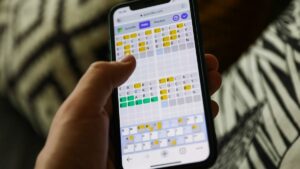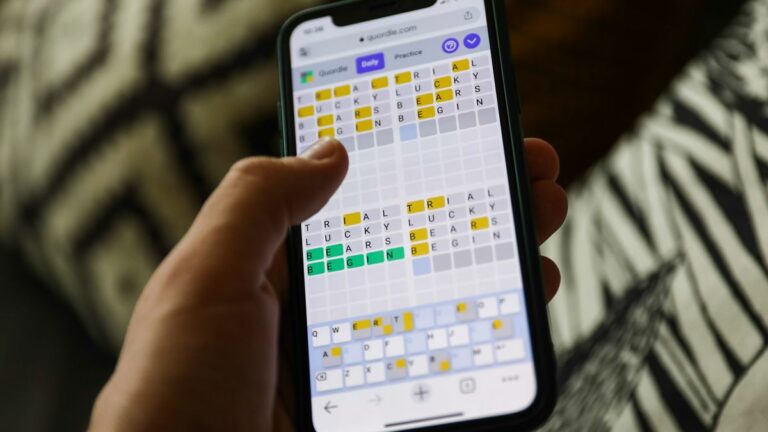For lots of smartphone owners, Apple is the conduit to the internet. Since 2022, Apple has made it clear that it wants to be the same for lots of drivers, too. That’s when the company announced “next-generation” CarPlay 2, which is set to extend CarPlay’s convenient phone-mirroring technology beyond a vehicle’s central infotainment screen to additional dash screens, including gauge clusters and dashboards.
That is, if carmakers allow it to. On Monday, another Apple event came and went without word of when, exactly, this new CarPlay might show up, despite the fact that Apple says on its website that the first vehicle models with the feature will make their debut in 2024—a year with only three months left in it.
Since Apple unveiled its vision for the next generation of the service two years ago, many automakers have made it clear that they’re uncomfortable handing over design control of their screens to Apple Inc. Weeks after Mercedes-Benz’s logo was included in Apple’s initial CarPlay 2 presentation in 2022, the car company appeared to balk. “To give up the whole cockpit head unit—in our case, a passenger screen and everything—to somebody else?” Mercedes-Benz CEO Ola Källenius told The Verge back in 2022. “The answer is no.”
Two automakers, Porsche and Aston Martin, have committed to partnering with Apple for next-generation CarPlay. A spokesperson for Porsche, Calvin Kim, said that the automaker had no updates on when the new CarPlay would arrive. A spokesperson for Aston Martin declined to comment and referred WIRED to Apple for CarPlay news. An Apple spokesperson did not immediately respond to WIRED’s questions about when the next CarPlay would make its debut.
Still, Apple appears to have heard at least some of automakers’ concerns. At Apple’s WWDC conference over the summer, the tech giant posted two new CarPlay videos making it clear that automakers would have some control over the architecture and design of the interfaces that show up in their cars, using what Apple is calling a “punch-through UI.” This will allow an automaker to, say, display its specific driver assistance visualization or backup camera even when CarPlay is “in control” of its car’s visuals.
From a technical perspective, the new CarPlay communicates more closely with vehicles’ software than the previous version. While the first version simply provided a video screen to a car, the CarPlay will need to interact with a vehicle’s software to provide car-specific information including tire pressure and climate on its own user interface.
At least one automaker has said it definitely won’t play along with Apple CarPlay, or even its competitor, Android Auto. General Motors announced last year that its vehicles would rely on its own GM-built operating system.




















+ There are no comments
Add yours